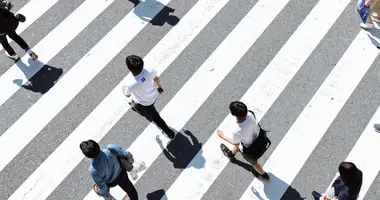Nanakusa no sekku: the festival of seven herbs 七草の節句
New Year Detox
In Japan there's an old custom of eating rice porridge made with seven fresh herbs on January 7th, to have a healthy start to the year.
The "festival of seven herbs" originated in China, and was adopted in Japan in the Heian period (794-1185). During the Edo era (1603-1867), January 7 was declared a holiday and was one of the "Five seasonal festivals" (gosekku).
Magic herbs
On that day, all Japanese people ate rice porridge accompanied by seven kinds of wild fresh herbs (七草粥 Nanakusa-gayu), the first greens of the year. It was customary to pick the plants the day before, place them on a cutting board accompanied by seven traditional cooking utensils, and chop them finely while standing in the direction supposed to bring good luck and singing or reciting this sentence: "Before the birds of the Tang country fly to Japan, I grind these 7 herbs." The popular belief was that the incantations would protect future harvests, while the freshness of the herbs was supposed to bring vigor and health.
The seven herbs today
In modern Japan, only the healthy habit of eating nanakusa-gayu remains. After the feasting of the holiday season, the simple rice porridge and fresh herbs are welcome change. And there's no need to gather them yourself - the seven ingredients are now conveniently sold in packages in supermarkets.
The ingredients
First, there is the Japanese or Chinese celery parsley, called seri; then nanazuna, a kind of shepherd's purse; hahakogusa, also known as cudweed, or Gnaphalium affine; hakobe, which translates as chickweed; koonitabirako, or nipplewort, and finally, the more common, kabu (turnip) and daikon, Japanese white radish. These plants are sometimes called other, more traditional names that are rarely used today.
A symphony of white and green, these herbs herald spring and provide vitamins and good humor.

















